يحاول ذهب - حر
Ecovite Drifos P12 and P6: Weather resistant phosphate supplements
October 2025
|Stockfarm
Over 90% of South African soils are deficient in the mineral phosphorus. The country's warm, dry climate contributes to low levels of organic matter, which in turn limits phosphorus availability to animals.
-
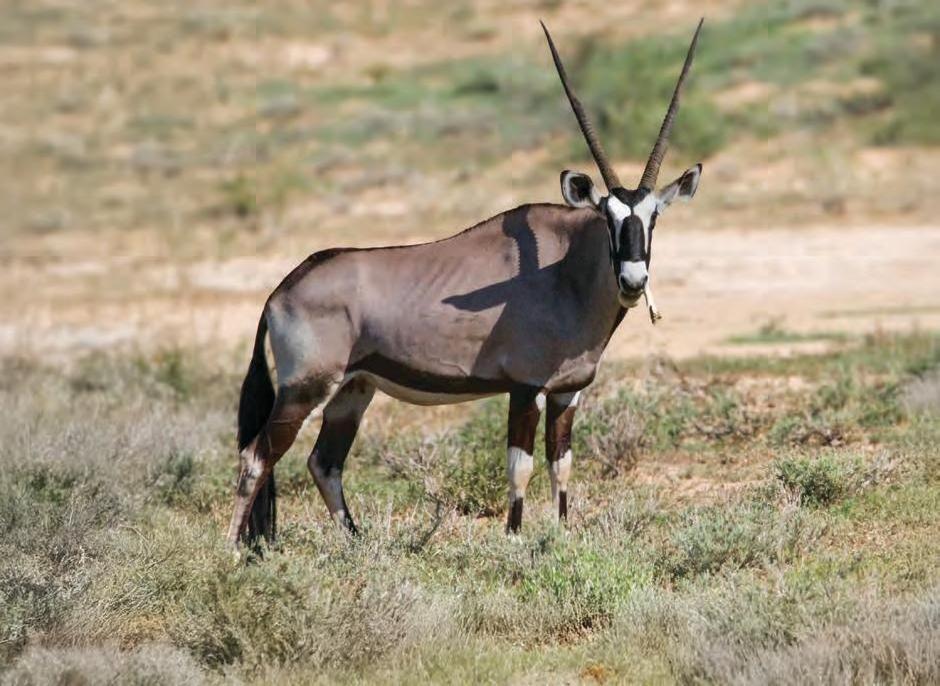
The phosphorus content of pastures is directly influenced by soil phosphorus levels and is closely linked to the protein content of the grass — when protein levels decline, phosphorus levels typically drop as well. Veld grass generally contains between 0,3 and 0,6g/kg of phosphorus on an 'as-fed' basis, while fertilised hay contains approximately 1 to 2g/kg. However, only 65% of this phosphorus is in fact available to the animal. As a result, phosphorus is one of the most essential and widely recognised minerals that must be supplemented in the diets of grazing livestock.
Functions of phosphorus
Phosphorus is vital for energy metabolism in animals, facilitating the conversion of energy from feed or grazing into a form the body can utilise. It is a key component of cell membranes, where it helps regulate cell permeability. Over 80% of the body's phosphorus is stored in the skeleton and teeth, highlighting its importance in these structures. Phosphorus also plays a crucial role in maintaining the pH balance within body cells and the rumen of ruminant animals.
Role of phosphorus in ruminants
Phosphorus is essential for the optimal functioning of rumen microbes, which are responsible for digesting roughage and synthesising microbial protein. These microbes also produce the enzyme phytase, which helps release phosphorus from plant material, making it more available to the animal.
هذه القصة من طبعة October 2025 من Stockfarm.
اشترك في Magzter GOLD للوصول إلى آلاف القصص المتميزة المنسقة، وأكثر من 9000 مجلة وصحيفة.
هل أنت مشترك بالفعل؟ تسجيل الدخول
المزيد من القصص من Stockfarm
Stockfarm
Trust and muffins lead the way
In any business, communicating in silos is the main cause of issues among managers. With only three of us managing things, myself on sheep, Gert on vehicles and Mbali on payments, breaking through our silos is easy. Twice a week we hold short morning meetings to report progress and problems towards our goal of turning grass into sheep for profit.
2 mins
December 2025
Stockfarm
Santa's new team
Last December, we warned Santa Claus of the perils of visiting South Africa with his team of reindeer. We cautioned him about the biological hazards his reindeer might bring into the country, and the import tariff issues he might encounter when trying to bring in all those gifts. We also elaborated on the heat and other environmental challenges his team might face. But we also told him about our friendly farmers and the braais he might be invited to, complete with a beverage of his choice.
3 mins
December 2025
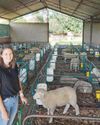
Stockfarm
The effect of iucerne hay quaiiiy on feedlot lambs
Lucerne hay is one of the most widely used roughage sources for ruminant diets, largely due to its reputation for providing high-quality nutrition. Important considerations for producers who use lucerne hay in their feed programme include assessing the true value of lucerne hay, determining the most suitable grade for specific feeding purposes, considering its cost, and balancing these factors against optimal feedlot performance.
3 mins
December 2025
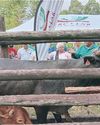
Stockfarm
Imfuyo-yami Ingumcebo Wami: Livestock as a legacy of wealth and wisdom
In the heart of KwaZulu-Natal, under the warm sun and the watchful gaze of the rolling hills, the Hlawini Community Hall in Umfolozi Local Municipality came alive with the spirit of unity, learning, and tradition. The occasion? The Umfolozi Livestock Farmers' Information Day, held under the banner of the Agricultural Research Council's (ARC) Kaonafatso ya Dikgomo (KyD) project, a national an initiative aimed at empowering communal livestock farmers through knowledge, technology, and sustainable practices.
3 mins
December 2025
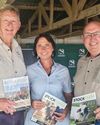
Stockfarm
Celebrating the 2025 Komga Agricultural Show
This year's Komga Agricultural Show, energised by the arrival of summer and filled with festive stalls, was a hive of activity. The grounds came alive with live music, a poultry exhibition, the familiar sounds of cattle and sheep in the pens, displays of horsemanship, and top-quality technology and implements on show.
2 mins
December 2025
Stockfarm
DSA reaches new milestone on the road to excellence
The Dairy Standard Agency (DSA) has enjoyed an exceptional 2025 so far, marking two major achievements that underscore its ongoing pursuit of excellence.
3 mins
December 2025
Stockfarm
Samic: Protector of red meat quality
If you thought the South African Meat Industry Company (Samic) is just about carcass competitions, think again. Fact is, the company plays a pivotal role in South Africa's meat supply chain, upholding rigorous standards of quality, safety, and transparency from the farm gate to the plate.
3 mins
December 2025
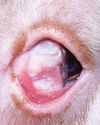
Stockfarm
Wireworm management in small stock
Years of indiscriminate dosing have eliminated weaker wireworms, allowing resistant populations to dominate and spread through flocks. Wireworms typically hatch following good rains and warm nights. When larvae move up the green grass, they are ingested by grazing sheep. About 20 days later, the worms begin sucking blood, leading to anaemia and, in severe cases, death.
2 mins
December 2025

Stockfarm
Back to basics at the 2025 LRF Stockman School
The 17th Annual LRF Stockman School, hosted by the Livestock Registering Federation (LRF), kicked off with great enthusiasm at the Aldam Holiday Resort and Conference Centre in the Free State. Held over three days, the event brought together leading experts from a range of fields who met everyone's expectations by addressing relevant and timely topics head-on.
7 mins
December 2025
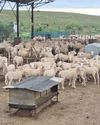
Stockfarm
Vertical gains in the lambing pen: It's not just about the numbers
In a world where rising input costs and increasing consumer demands play a decisive role, it has become more important than ever for red meat producers to raise lambs that not only benefit the producer but also add value throughout the entire supply chain.
4 mins
December 2025
Listen
Translate
Change font size

